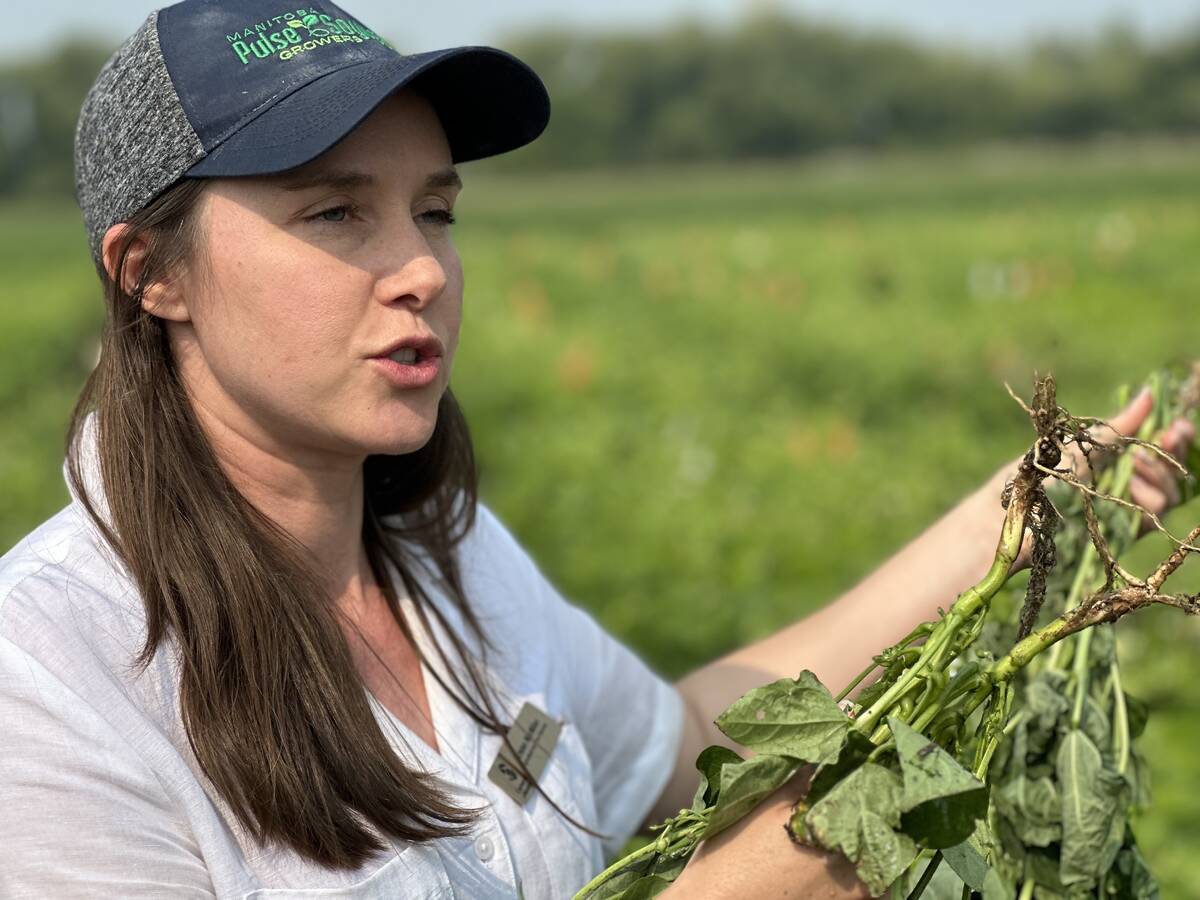The farm revenue boom that hit in 2011 with a 12 percent increase in cash receipts continued with a flourish during the first quarter of 2012.
Statistics Canada reported last week that cash receipts during the first three months of 2012 increased 17 percent over the previous year’s record levels.
The numbers showed a continued shift of agricultural income dominance from Ontario to the Prairies and an improvement in both crop and livestock sectors.
The statistics also show a sharp increase in farm operating expenses, up 10 percent last year to $3.4 billion.
Read Also

Lower nitrogen rates in dry beans could pay off for farmers
Manitoba research is testing whether reduced nitrogen fertilizer in dry beans can maintain yields while cutting costs and lowering greenhouse gas emissions.
“This is really the impact of the fact that commodity prices have jumped and farm incomes generally are in a good place,” said Canadian Federation of Agriculture president Ron Bonnett.
“The underbelly always is the cost of inputs and while prices and receipts are up, a good portion of that gets swallowed up by higher costs.”
Commodity prices can drop quickly, while input prices that rise with commodity prices usually are slower to fall once the bubble bursts, Bonnett said.
Richard Gray, acting head of the University of Saskatchewan’s bio-resource policy, business and economics department, said the strong market returns signal unusual times for Canadian agriculture.
“What’s unusual is having both beef and grain doing well at the same time,” he said.
That means the current boom will echo into the future, said Gray, who runs his own farm in Saskatchewan.
According to the Statistics Canada data, the strongest showing during the first quarter of 2012 was in the crops sector, where the value of sales was $1.7 billion higher than last year. Most of the increase came in strong sales of canola from the record 2011 crop and deferred grain receipts from the previous year.
It meant that the strongest growth in sales revenue occurred on the Prairies, where market revenue increases ranged from 15 percent in Manitoba to 28 percent in Alberta.
Ontario, traditionally Canada’s largest agricultural province, now rates third in farm receipts behind Alberta and Saskatchewan.
Despite strong market returns, program payments still accounted for $818 million in income during the first quarter of 2012, including $408 million in crop insurance and $200 million in AgriStability payments.
Hog receipts climbed almost 10 percent to more than $1 billion and cattle receipts were up more than 12 percent to almost $1.7 billion.
The robust beginning to the new year followed 2011 farm cash receipts that were more than $5 billion higher than the previous year, totalling almost $50 billion.














